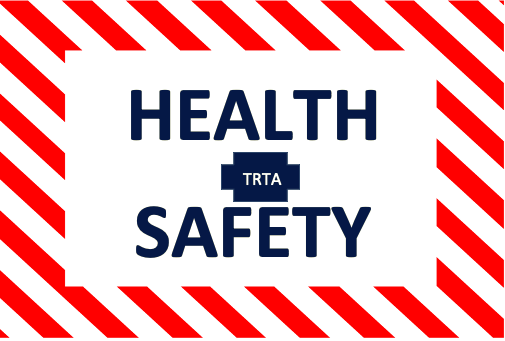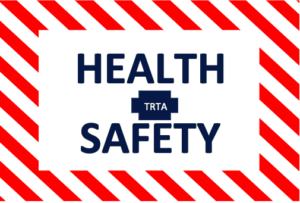Older drivers can take steps to stay safer on the roads. Older drivers can stay mobile and independent, but the risk of being injured or killed in a traffic crash increases as people age. Drivers aged 70 and over have higher crash death rates due to increased vulnerability to injury in a crash. Age-related changes in vision, physical functioning and the ability to reason and remember, as well as some diseases and medications, might affect some older driver’s abilities.
The good news is that older adults are more likely to have safer driving behaviors than other age groups.
Key Steps to Staying Safer on the Road
Always wear a seatbelt whether you are the driver or a passenger. Seat belt use is one of the most effective ways to save lives and reduce injuries in a crash.
Drive when conditions are safest. Drive during daylight and in good weather. Conditions such as poor weather (fog, rain slick roads, flooded roads, icy roads or snow-laden roads) and driving at night increase the likelihood of crash injuries and death.
Don’t drink and drive. Alcohol consumption can lead to a reduction in coordination and may impair judgement.
Additional Steps to Stay Safe on the Road
Plan your route before you drive. Find the safest route with well-lit streets, intersections with left-turn signals, and easy parking.
Use a navigation device to check current road conditions and alternative routes.
Leave a large following distance between you and the car in front of you.
Avoid distractions in your vehicle, such as listening to a loud radio, talking or texting on your phone, and eating or drinking.
Consider alternatives to driving, such as riding with a friend, using ride share services, or taking public transit.
In general, stay active to retain your flexibility and strength, know any side effects or interactions of medications you are taking, have your eyes checked regularly, and use glasses or contact lenses as required.
Consider using the CDC MyMobility Plan to stay mobile and independent as you age.
Source: Centers for Disease Control and Prevention (CDC), Injury Prevention and Control Home, Older Adult Rivers, December 13, 2022.


